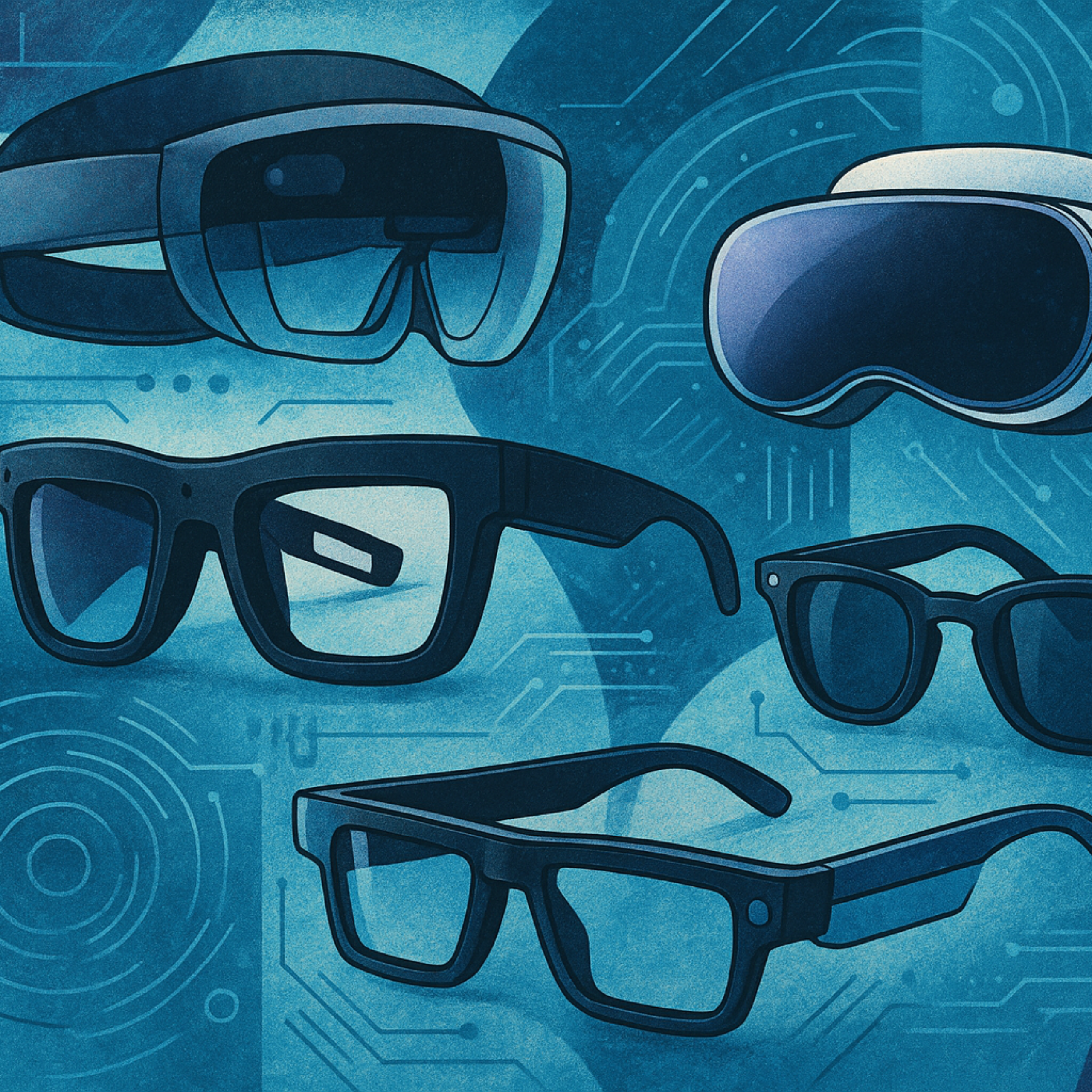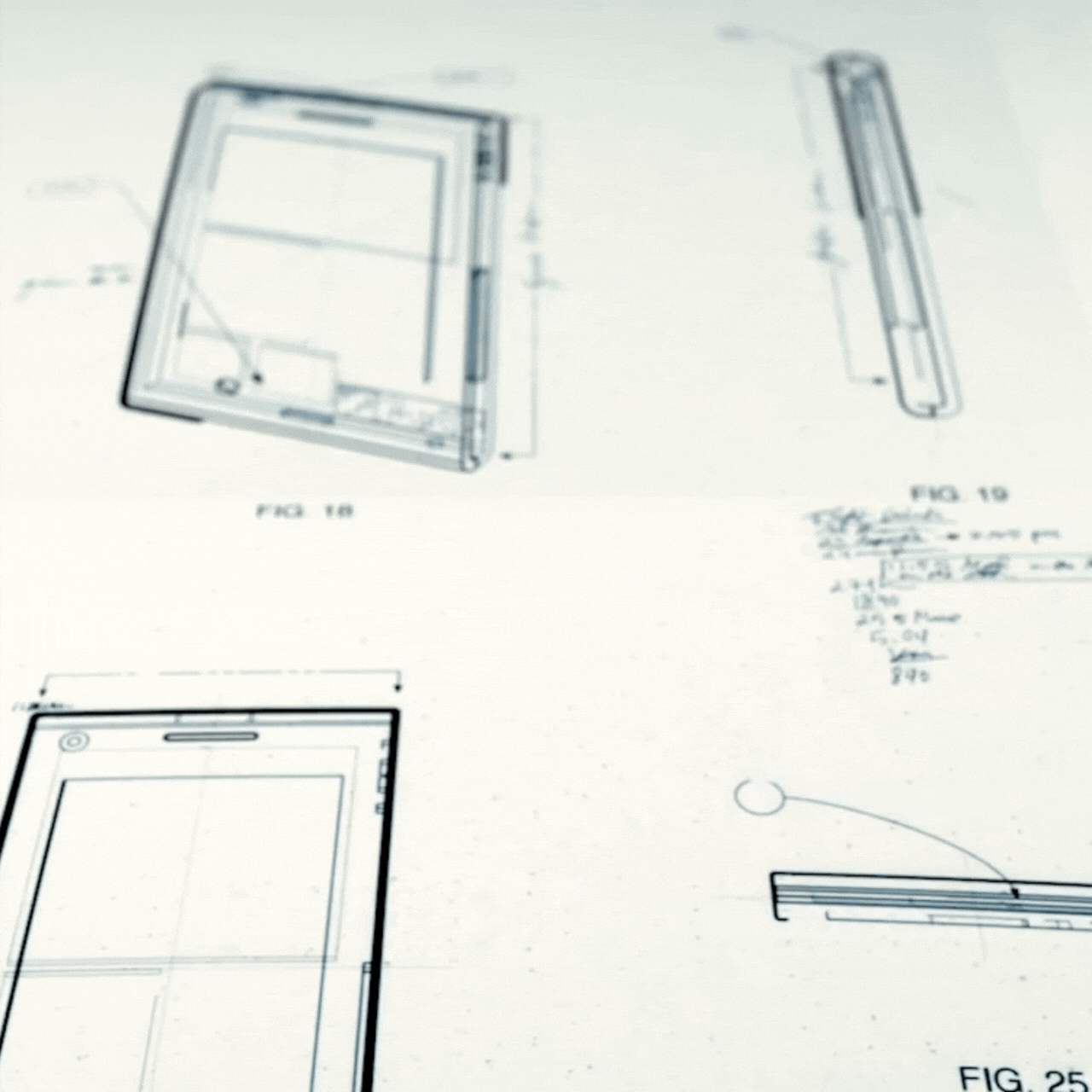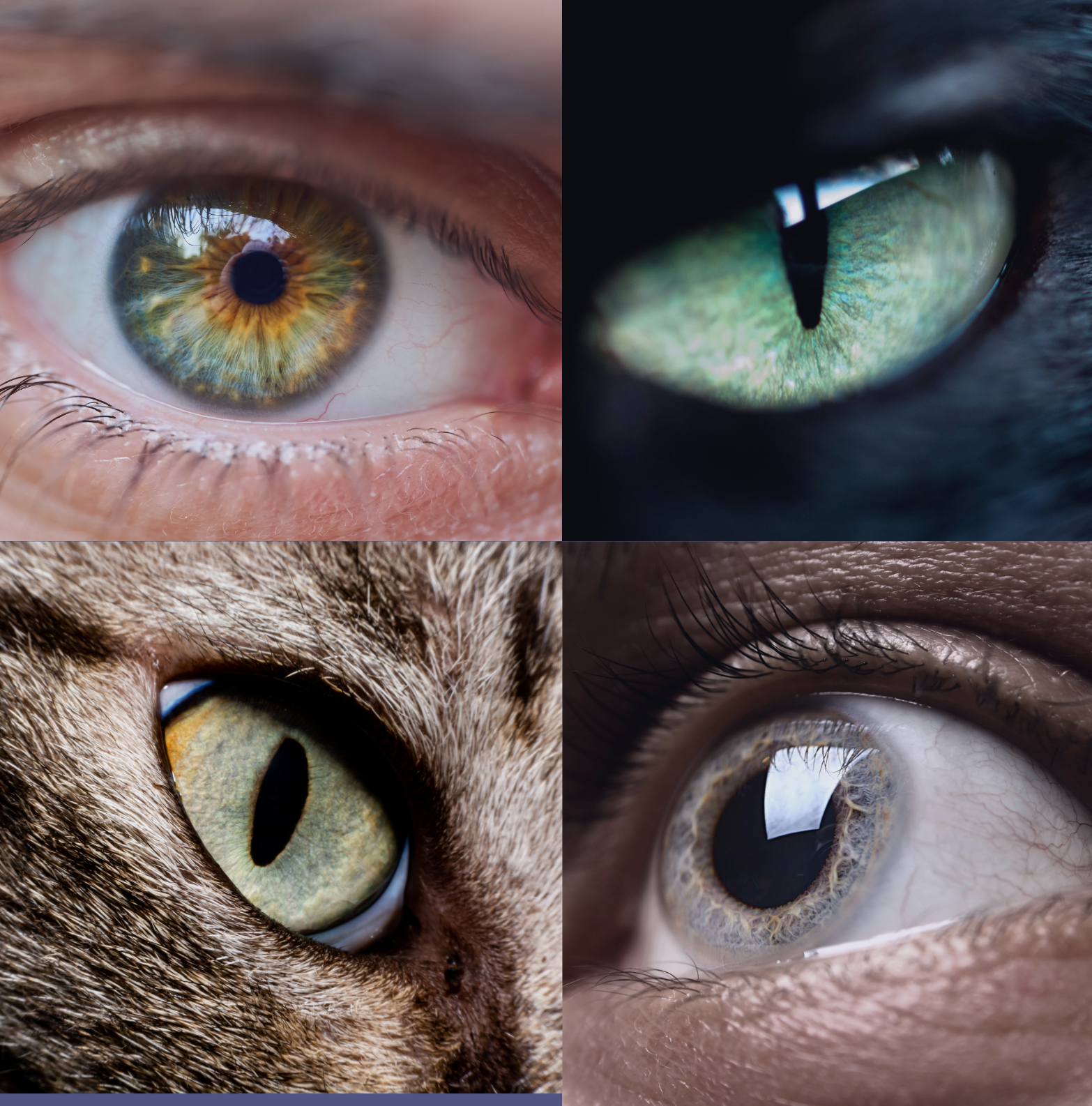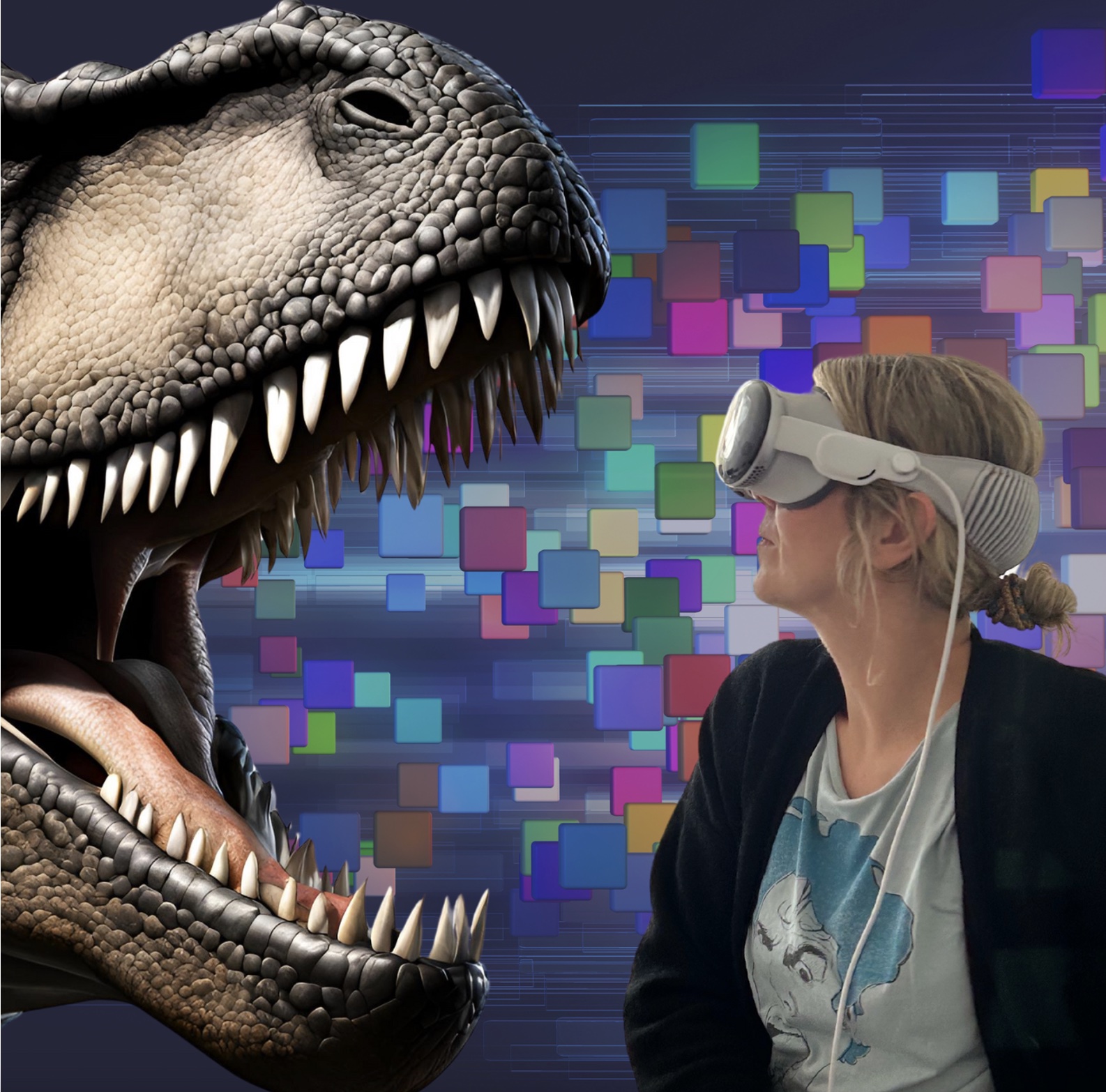
By Viewpointsystem Editorial Team
Everyone’s talking about it, but very few people really know what the metaverse is. It is often relegated to the gaming world and seen as a buzzword to use at conferences and events. But there is much more to it than that. Even if the metaverse is still primarily a future version: most experts agree, it will keep us much busier than we can imagine today, also in terms of significant performance improvements in the industry.
BUT WHAT IS THE METAVERSE ACTUALLY?
In principle, the Metaverse is easy to define. It is a virtual 3D world, or rather many interconnected 3D spaces, in which people – or rather their avatars – can meet, exchange ideas, and interact with each other using smart glasses and extended reality (virtual, mixed, or augmented reality) technologies, no matter where they are in real life. So, we’re talking about seamless interaction between digital and analog worlds, and between different virtual worlds. People often talk about the potential Internet design of the future. The Fraunhofer Institute describes the metaverse as a social medium in which people can interact, communicate, collaborate, but also do business and own things.
AND WHAT IS THE INDUSTRIAL METAVERSE THEN?
In short, the Industrial Metaverse is the application of this virtual 3D space in the industry, for example, to remotely monitor and control production facilities and collect all relevant data from them. Although the Industrial Metaverse is still in its infancy – or rather, in the buzzword phase – experts are convinced that it will play a decisive role in the future due to the possibility of digitally modeling production processes and working with digital twins. However, for this to happen, the immersive virtual environment must also deliver the expected economic added value, for example by enabling maintenance or service work to be accelerated and carried out remotely.
Data security will also play a crucial role, because in the industrial sector, data and ownership of virtual goods must of course be secured differently and even better than in the private sector.
SMART AND AFFORDABLE TECHNOLOGIES ARE IN DEMAND
With this next stage of digitization, companies have the opportunity to build a virtual world that can significantly increase their own competitiveness. That’s why it’s important to make access to the metaverse as easy as possible from the outset, so that not only financially strong corporations can take advantage of this opportunity with customized solutions.
What is needed are simple and flexible hardware and software solutions that are affordable and easy to customize, so that smaller players can contribute to the development of the Industrial Metaverse. In addition, they should function as much as possible according to the “plug and play” principle in order to keep the access threshold low. Especially in the areas of remote support, there are already smart glasses solutions that are easy to use and quick to set up.
HOW COMPANIES CAN BENEFIT FROM THE INDUSTRIAL METAVERSE
In our view, the following application areas offer the greatest optimization potential for production companies in the short and medium term:
- Immersive learning: Smart glasses and virtual rooms can be used to train employees in the operation and maintenance of machines or systems without having to start up the physical equipment. That reduces the risk of accidents and simplifies the training procedure significantly. A large number of trainees can be trained with a small number of instructors, even at a distance. Immersive technology also makes training much more interesting, practical and effective than on screen, as for example the training center of Deutsche Bahn shows:
- Remote support during repairs and maintenance: Whereas in the past, technical experts had to travel to the site to service and repair equipment, Metaverse technologies make it possible to perform this delicate work without the physical presence of specialists. Instead, they connect to the field worker’s smart glasses and provide precise instructions. The worker can receive support in the form of images of the digital twin of the machine or individual parts, instructions or other notes virtually displayed through the glasses. In this way, many activities can be performed by workers without specialized technical knowledge, thereby making the technician’s assignments more efficient.
- Digital Twins and simulations: For the digital twin, all components of a real product or location are digitalized, and a digital equivalent is created within the virtual space. This has the advantage, for example, that any errors detected in the process of manufacturing of products can be identified and corrected in advance in the digital space, even before actual production begins. It can also be used to digitally simulate real-life situations, as is often done in the field of autonomous driving, for example, to finetune the system.
- Virtual collaboration: The Corona pandemic has shown us how quickly we can get into a situation where face-to-face contact is no longer possible. With VR, engineers and designers can collaborate on designs in virtual design spaces without having to meet in person. In addition, the products or designs can be visualized in 3D so that everyone involved can see the situation exactly in front of them. Apart from the different time zones, teams from all over the world can thus meet without restrictions to find the best solutions.
CONCLUSION
The Industrial Metaverse is not about a technical gimmick, but rather about making processes in design and manufacturing much more effective, resource-efficient and cost-efficient. Here are the key benefits at a glance:
- Digital simulation of products, sites, and processes enables rapid identification and resolution of problems.
- Costs, time and CO2 emissions are saved when engineers can perform maintenance work, repairs or other optimization tasks from the office or home office using smart glasses and the digital twin without having to travel halfway around the world.
- Ideas can be tried out quickly and easily, increasing the company’s level of innovation.
- The environment is perceived as a true-to-life experience through immersion. The connection to reality is fully maintained – for all participants. In this way, the desired learning effect is achieved in the best possible way, even in this virtual space.
WHAT THE FUTURE WILL BRING
The industrial metaverse is expected to gain significant momentum in the future. Smart glasses will continue to evolve technologically to become more immersive, more robust, and more comfortable to wear – a key requirement for worker acceptance and willingness to work with them for hours on end. New technologies, such as VR gloves that can be used to touch and feel virtual objects, will further expand the possibilities in the metaverse. It is possible that it will completely change our entire working life – just like the start of the Industrial Revolution in the late 18th century or the invention and establishment of the Internet towards the end of the 20th century.
By the way: According to a study conducted by Microsoft, Generation Z is already taking this current niche technology metaverse very seriously. Further, 51% of those surveyed are convinced that they will be working in this virtual space by 2024 – in some form or another.
For the Industrial Metaverse to be a success story, however, it will be crucial to connect the platforms and production data involved in the best possible way, so that they can interact seamlessly. This is the only way to meet the very complex requirements of the industry. Only then will there be a clear economic added value for the industry.
REFERENCES
Ingenieur.de, “BMW stellt Produktion komplett um: Vollkommen neue Möglichkeiten”, 2022.
Microsoft, “Work Trend Index Annual Report: Great Expectations: Making Hybrid Work Work”, 2022.





